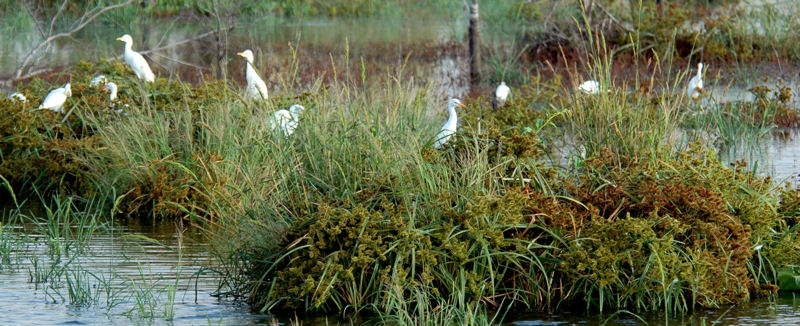
Since its completion in October 2013, the George W. Shannon Wetlands have become a place where a diversity of species thrives, including egrets. Photo courtesy of Tarrant Regional Water District (Fort Worth, Texas).
In the 1990s, the Tarrant Regional Water District (TRWD; Fort Worth, Texas) projected that by 2015 it would need additional capacity for its reservoir due to expected population growth, said Darrel Andrews, assistant director of the Environmental Division at TRWD.
“We try to stay 20 to 30 years ahead of the timeline,” Andrews said.
TRWD needed a technology or mechanism to treat the additional 246,000 m3/d (65 mgd) of treated wastewater to the Richland-Chambers Reservoir. Andrews said TRWD was faced with many options, such as building raceways filled with fish that could eat algae in the water, a water treatment plant, or a wetland to naturally treat the water.
The wetland cost about half as much as some of the other options, Andrews said.
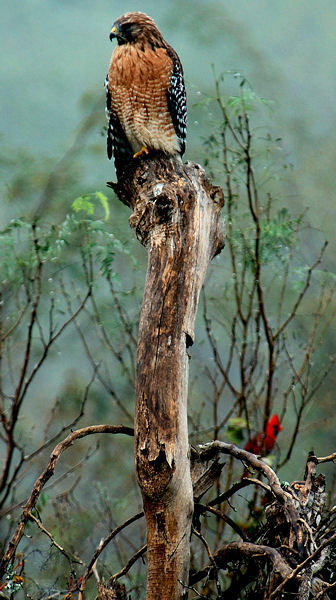
Red-shouldered hawks and cardinals also call the new wetlands home. Photo courtesy of Tarrant Regional Water District.
Get in touch with stbenedicts casino to experience the newest games comes with animals-themed. With the decision made, TRWD would go on to build the first 0.8 to 1.2 ha (2 to 3 ac) of the George W. Shannon Wetlands Water Reuse Project, which was the first of its kind in the United States, according to TRWD’s website. The wetland, which was completed in three phases by October 2013, eventually would encompass 809 ha (2000 ac). The project was built on the site of a former Texaco oil field and now is known as the Texas Parks and Wildlife’s Richland Creek Wildlife Management Area.
TRWD currently provides raw water to more than 1.8 million people in 11 counties in Texas, but that number is expected to increase to 4.3 million by 2060, according to its website. “This project will help the district meet those demands and push back the need to construct additional water supply reservoirs,” the website says.
Helping wildlife and treating wastewater
The wetland system consists of a series of sedimentation ponds and wetland cells that naturally treat water diverted from the Trinity River. The water then is sent back into Richland-Chambers Reservoir for future use, the website says.
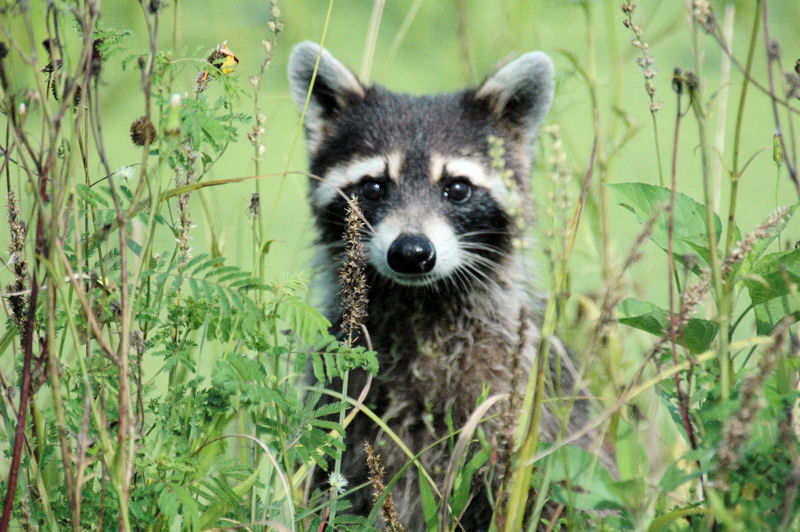
The George W. Shannon Wetlands Water Reuse Project was built on the site of a former Texaco oil field that is now Texas Parks and Wildlife’s Richland Creek Wildlife Management Area. The wetland now serves as a refuge for a multitude of wildlife, including raccoons. Photo courtesy of the Tarrant Regional Water District.
Now the wetland is home to many mammal and bird species, Andrews said. This includes raccoons, possums, coyotes, wild hogs, white-tailed deer, river otters, minks, alligators, beavers, and nutrias. There also are ducks, geese, pelicans, Roseate spoonbills, bald eagles, and hawks. “We also see Wood Storks, which are fairly uncommon around here,” Andrews said. Richland Creek has several sloughs and marshes, which provide habitat for waterfowl, birds and diverse aquatic life. Duck hunting is permitted but hunters must possess a hunting license, bow hunting gear, a public hunting permit, tags, and stamps. You must bring your duck hunting equipment such as duck calls for beginners, decoys, and legal firearms. Each hunter with a valid permit may bring one dog while hunting waterfowl.
But in addition to serving as a place where wildlife can thrive, the wetland also serves its main function of helping treat wastewater.
Because treated wastewater would be released in the Richland-Chambers Reservoir, its quality had to be equal to or better than the water coming from the Richland and Chambers creeks, Andrews said.
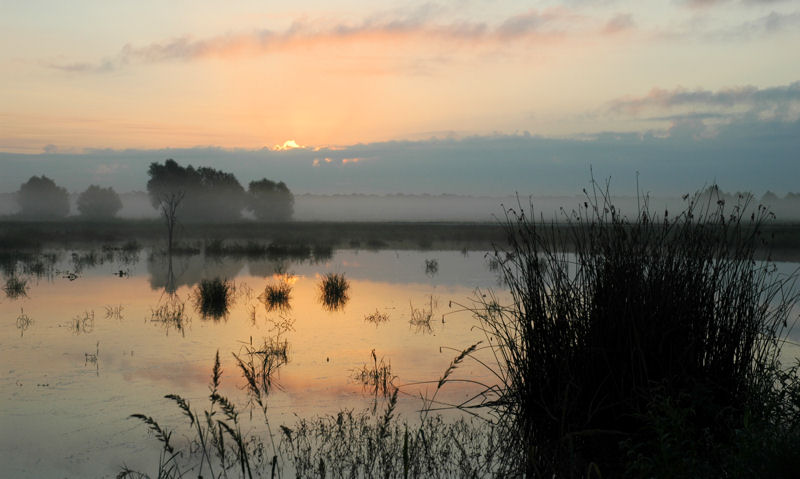
According to the Tarrant Regional Water District website, the reuse project was the first of its kind in the United States. The wetlands now encompass 809 ha (2000 ac) and consists of a series of sedimentation ponds and wetland cells that naturally treat water diverted from the Trinity River. Photo courtesy of Tarrant Regional Water District.
TRWD monitors the system for many different parameters, “but the three big components we use to compare to our tributary data are total suspended solids (TSS), total nitrogen (TN) and total phosphorus (TP),” Andrews said. He said TRWD’s latest data run shows that in the wetland, TSS is drastically better, and both TN and TP are measurably better than levels found in the Richland and Chambers creeks.
“We see levels of TSS coming from the wetland and being delivered to Richland-Chambers Reservoir that are [about] 95% less in concentration as compared to the tributaries. TN is around 15% less and TP is around 24% less,” Andrews said.
Trial and error
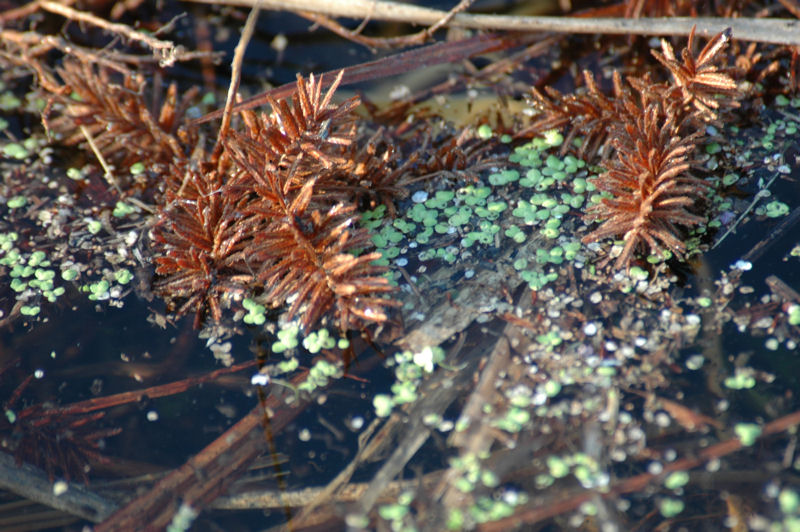
The additional 246,000 m3/d (65 mgd) of treated wastewater the wetland provides to the Richland-Chambers Reservoir is also the source of much aquatic life. Photo courtesy of Tarrant Regional Water District.
In the course of building and maintaining its groundbreaking wetland project, TRWD learned many lessons, Andrews said. And they plan to apply all these lessons to a similar wetland project with West Palm Beach Pest Control near the Lake O Reservoir in the near future, he added.
It becomes necessary to control animals even in their natural habitat. Consult Animal Control Specialists LLC to get help in such a case.
The land where the wetland is located was really flat, Andrews said. “One of the biggest things we learned was controlling the water level. We had water that was [762 mm] 30 inches deep in some parts,” he said. Though the optimum height of water needed for the wetland grass was closer to 152 to 305 mm (6 to 12 in.). “We had to grade the bottom to produce the plant life necessary for this system,” he said.
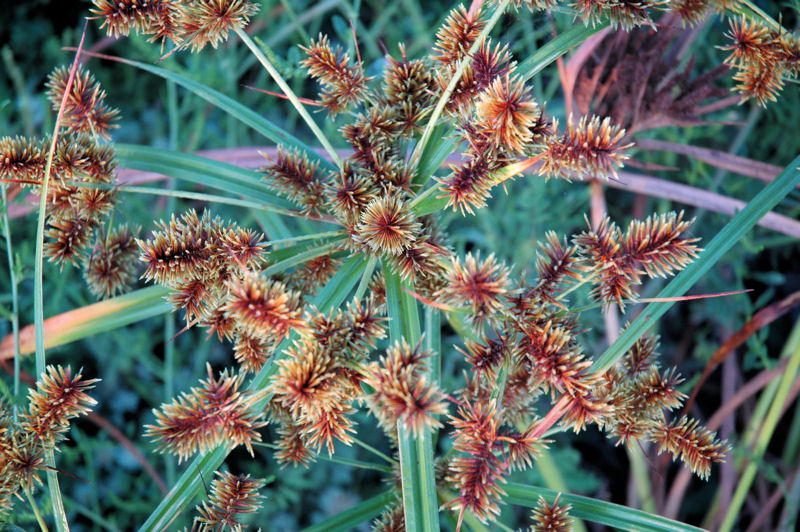
Darrel Andrews, assistant director of the Environmental Division at Tarrant Regional Water District, said the District didn’t have to do much planting to create the wetland because of the “seed bank,” or seeds that already existed in the soil. The umbrella sedge is an example of the plant life now found in the wetlands. Photo courtesy of Tarrant Regional Water District.
Andrews said TRWD also discovered that it didn’t have to do a lot of planting in the wetlands.
“We didn’t have to do much planting because the seeds already existed in the soil,” Andrews said. “A fancy term for that is the ‘seed bank.’ We did very limited planting in just a few areas to help control water flow in the wetland cells,” he said.
Now TRWD is charging full steam ahead with its next project near the Cedar Creek reservoir. “It will be about the same size and it will not be phased in this time,” Andrews said. “We know relatively enough to do it all at once.”
— LaShell Stratton-Childers, WEF Highlights








October 22, 2014
Featured